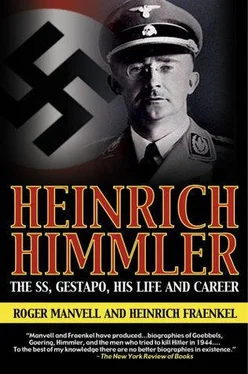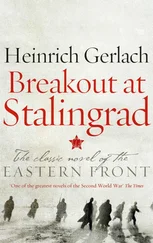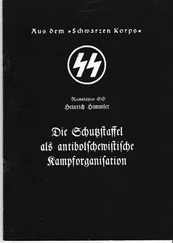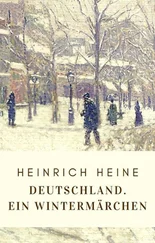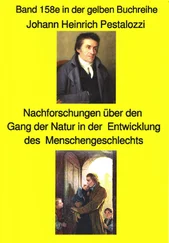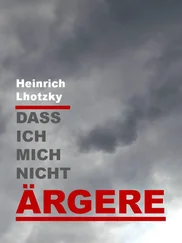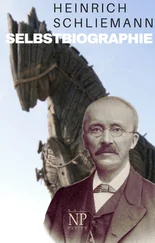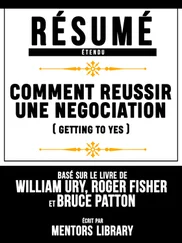Schuschnigg and Baron Louis de Rothschild, the two most eminent men held in custody, were temporarily confined by Kaltenbrunner in the servants’ quarters on the fifth floor of the Metropole Hotel, and they were inspected there by Himmler. Baron Rothschild, who realized that Himmler was planning to ransom him, spoke with ironic reserve when the Reichsführer S.S. enquired after his welfare, while Himmler showed off his authority by taking Schuschnigg with him to inspect the attic lavatories and command in his presence that the ancient fitments should be replaced by something more modern and hygienic for his distinguished prisoners. Nevertheless, he refused to let Schuschnigg, who like himself was short-sighted, have the use of his spectacles, which had been confiscated.
This oppression was the immediate outcome of Hitler’s annexation of Austria. The Führer had come eventually from Linz to Vienna on Monday 14 March, staying one night only at the Imperial Hotel, where Himmler was also lodged; those Austrians prepared to be ecstatic were so: ‘never… have I seen such tremendous, enthusiastic and joyous crowds’, wrote Schellenberg. Nevertheless, he had to rush ahead of Hitler’s procession of cars touring the city in order to supervise the dismantling of explosive charges attached to a bridge on the route. Himmler had been right to be cautious.
The Jewish population of Austria was about 200,000, and their organized persecution and removal became a major undertaking. Himmler went in person to search for a site for a local prison camp, and found a suitable place near Mauthausen on the Danube, where a camp was built on the wooded slopes above a quarry by slave-labour brought from Dachau. Himmler decorated the wooden guard-house set on the granite walls with curling roofs in imitation of the guardhouses on the Great Wall of China.
The importance of Adolf Eichmann as the agent of Himmler and Heydrich in the organization of Jewish affairs dates from the Anschluss. This man was lifted out of the obscurity to which he had almost always clung when he was abducted from the Argentine in 1960 and put on trial in Israel. He had escaped from an American internment camp after the war. When he stood under the glare of the lights in his bullet-proof box, he was revealed as a small-minded, if able and energetic, administrator and he shared a bureaucratic urge for tidiness in his fulfilment of the orders he had been given to organize the extermination of the Jews in his power; an overriding sense of duty compelled him to carry out whatever he was required to do. He had begun his S.S. career in the Death’s Head Unit at Dachau, so he had few qualms about the spectacle of suffering in the camps, and it has been suggested that he was not averse to accompanying Heydrich on his frequent excusions into the city’s brothels. He travelled all over Europe to threaten, to harry or to cajole the inefficient or the reluctant agents of the S.S. to get their Jews destroyed. His concern was with the transport of the victims and the statistics of death, which in his enthusiasm he was prepared to exaggerate in his reports to his superiors. Only when hard-pressed at his trial did he admit that he hated the work he had been given to do.
At Eichmann’s own suggestion Himmler established the Office of Jewish Emigration in Vienna and put him in charge of it. As a result of Eichmann’s work more than 100,000 Jews left Austria between mid-1938 and the outbreak of the war. All but a few departed destitute, their wealth and property in Austria seized by the Nazis. Baron Louis de Rothschild was only permitted to leave after a year’s detention; the price of his freedom included the sacrifice of his steel rolling-mills to Goring, while the Palais Rothschild in Vienna became Eichmann’s headquarters. The Jews were encouraged to emigrate, but the price exacted for exit permits, stamped Jude, was the loss not only of money and possessions but the fulfilment of orders to leave the country for ever, disowned and stateless. It was Germany over again.
This was the period when Himmler first conceived the idea of commercializing concentration camps. It was the Anschluss with its enormous influx of prisoners that made it evident to him that so many idle hands were a scandalous waste of potential labour for the Reich. Up to the time of the Anschluss, the population of Himmler’s camps has been estimated by Reitlinger at an average of 20,000, and the prisoners’ principal tasks had been the construction and extension of the camps themselves, with barracks and other amenities for the S.S. By April 1939, the prison-camp population had grown to some 280,000.
While Eichmann was extracting the wealth of the Jews, Himmler was forming companies on behalf of the S.S. to exploit the new labour resources of the camps in quarrying stone and providing bricks and cement for the vast building projects which Albert Speer, Hitler’s young architectural adviser and future Minister of War Production, was encouraging the Führer to undertake. 27The head of this business undertaking was Oswald Pohl, a man of working-class origin who in looks resembled Mussolini and whose sadistic greed in driving the human flesh under his control to the last flicker of productive energy made him one of the worst of Himmler’s scourges.
Hitler’s policy of divide and rule was extended now by Himmler to the administration of the camps. He had been careful in 1936 not to give Heydrich the entire control; both Eicke’s inspectorate office and Pohl’s business administration, the Verwaltungsamt, were from Heydrich’s point of view intrusive elements which directly interfered with his own free hand in the management of the prisoners. Since the destruction of ‘sub-human’ racial elements and of the enemies of the State was Heydrich’s aim, it conflicted with any interest, however low in character, which would lengthen the lives of the prisoners and give them any kind of encouragement through the provision of extra food. The attempt to commercialize the camps, which until the middle years of the war was to be a failure, was sabotaged from the start as a result of various rivalries that developed between those administering the camps. The supervision of their victims’ labour gave the Kapos, the habitual criminals placed by the S.S. in the camps and employed as bullies and watch-dogs, new opportunities for exploiting and torturing the prisoners.
At the notorious conference over which Goring presided after the November pogrom in 1938, Göring’s interest lay solely in preventing further loss to the Reich economy by the looting of property which, though occupied by Jews, was not always actually owned by them and was in any case insured against damage and theft. Heydrich’s interest lay solely in the statistics of destruction and in the avoidance of paying any compensation. He boasted that already in a few months 50,000 Jews had left Austria, while only 19,000 had left Germany. He wanted the Jews segregated and expelled from the German community as soon as possible. Heydrich had in fact done what he could in advance to make the pogrom effective; after consulting Himmler, who was in Munich, he had issued detailed instructions to the Chiefs of State Police on how their men should control the anti-Jewish demonstrations so as to prevent damage to German-owned property, and he followed the pogrom with further arrests of Jews whose presence in Germany offended his sense of decency and order.
Hoess, who by 1938 had been promoted adjutant to the commander of Sachsenhausen, recalls an inspection of the camp by Himmler during the summer of 1938. He brought with him Frick, the Minister of the Interior, who was paying his first visit to a concentration camp. Himmler was ‘in the best of humour and obviously pleased that he was at last able to show the Minister of the Interior and his officials one of the secret and notorious concentration camps’. He answered questions ‘calmly and amiably although often sarcastically’. Afterwards his colleagues were entertained to dinner.
Читать дальше
